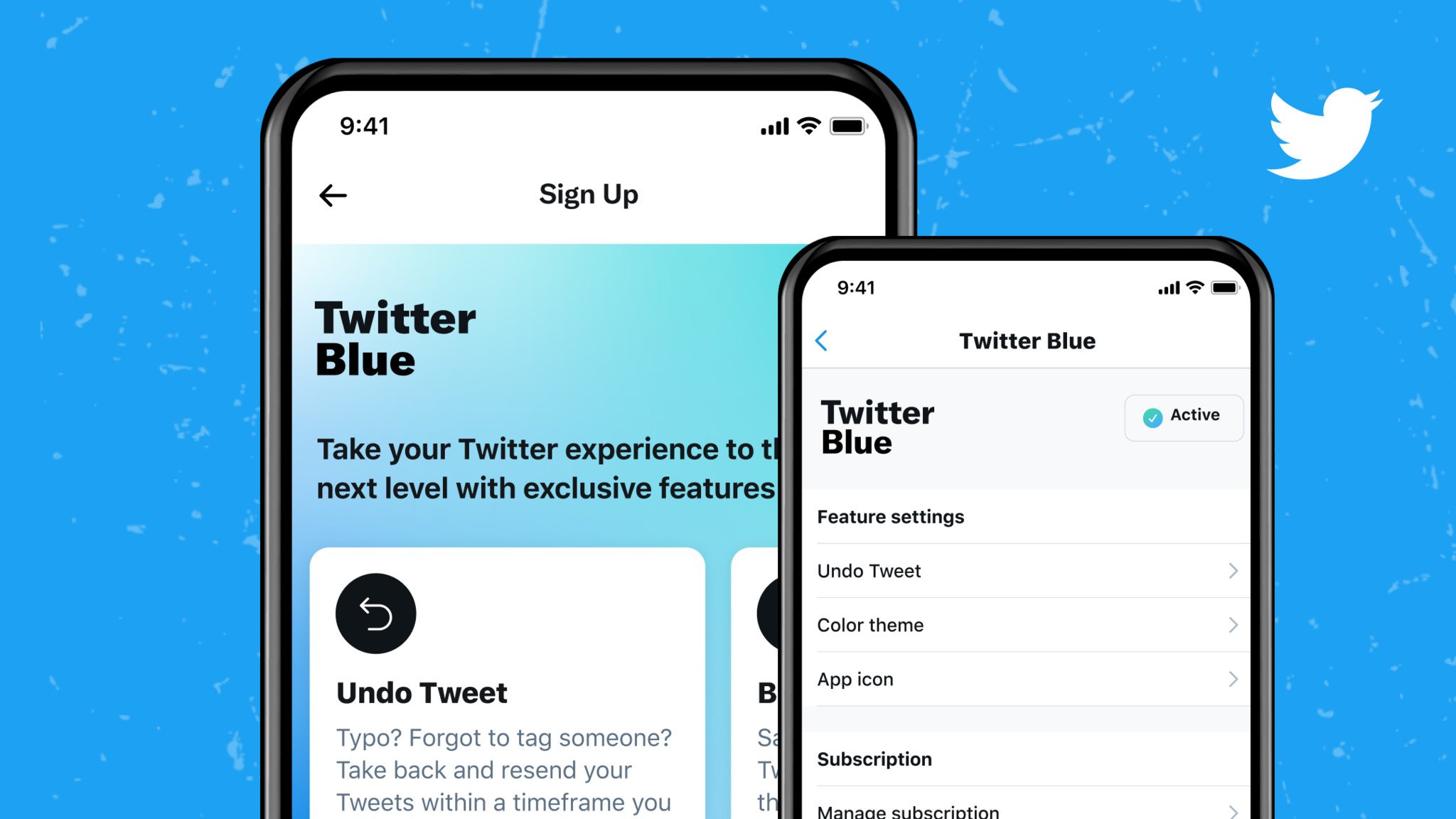You can now upload longer videos on desktop and pin conversations on iOS.
What you need to know
- Twitter has announced Labs within its Blue subscription service.
- Labs will give subscribers early access to new features before they're widely released.
- However, it's available only in Australia and Canada at the moment, with support for more countries coming soon.
Twitter's Blue service now has a new way to lure more users into its paid subscription if they want to get early access to experimental features. The company has launched Labs, and two new features are currently being tested.
One of those features is the ability to upload videos up to 10 minutes long on desktop. Currently, Twitter's video upload is limited only to 140 seconds, so the new experimental feature gives you the privilege to share more lengthy videos with your followers.
Like being ahead of the curve?
— Twitter Blue (@TwitterBlue) October 27, 2021
Today, we’re rolling out Labs 🔬, giving you *early access* to some new features we’re building before everyone else like:
🔹 Pinned Conversations on iOS
🔹 Longer video uploads on desktop only
Here are some questions you might be asking:
It should be noted, however, that the 10-minute video upload capability isn't an entirely new feature. You can create and upload videos up to 10 minutes long if you've been given access by your Twitter partner manager, which is currently available only to businesses and brands.
In addition, Twitter Blue subscribers can now pin important conversations at the top of their inbox list just by swiping right on those DMs. This experimental feature is available only on iOS at the moment, though.
For non-Blue users, the micro-blogging site says the experimental capabilities may be widely released, remain exclusive to Blue subscribers, or be dropped altogether depending on user feedback. Twitter Fleets was the most recent feature to be axed.
Since Blue is currently available only in Canada and Australia, longer video uploads and pinned DMs are also live only for subscribers in those regions as well. These are on top of existing premium features such as the ability to organize bookmarks and undo tweets.
Twitter also promised to expand Blue to more countries and on the best Android phones in the future, so these features should be widely available soon.
Source: androidcentral
